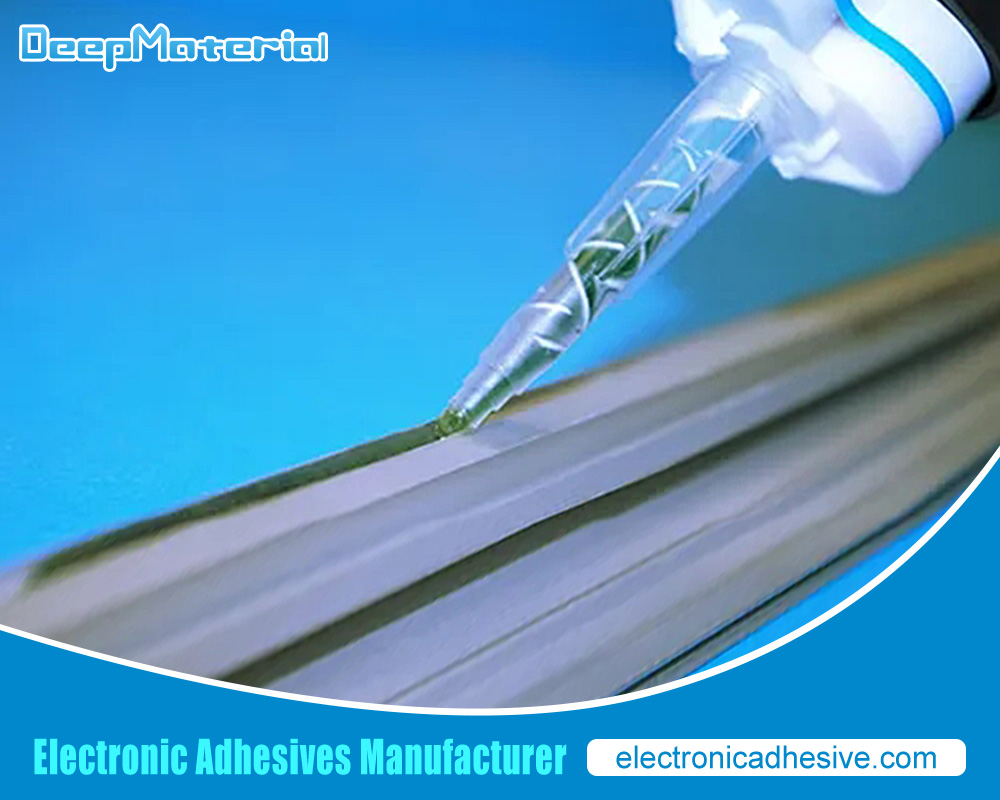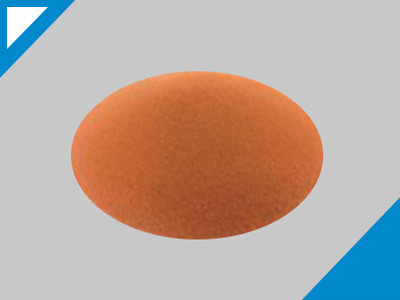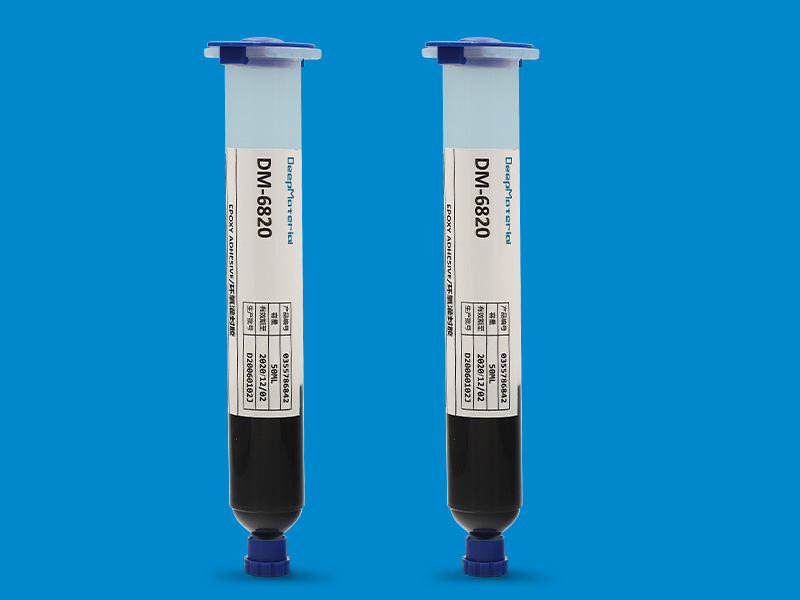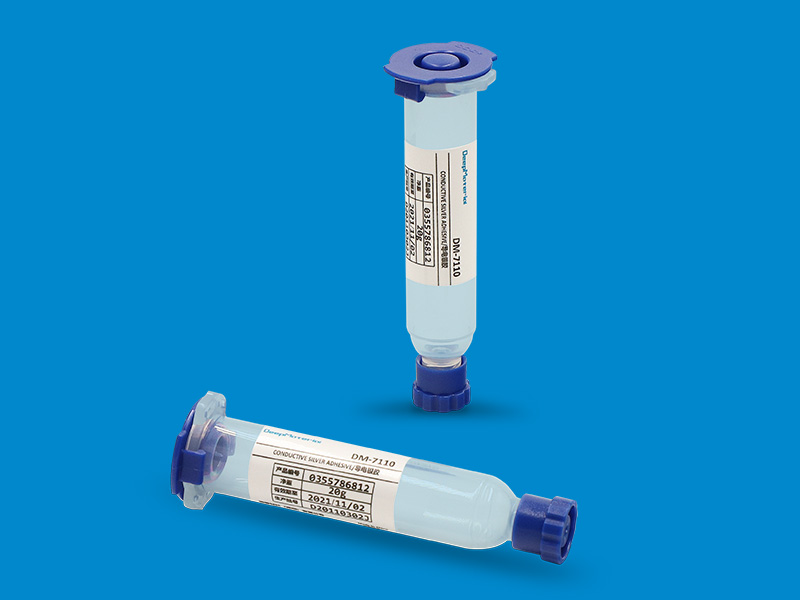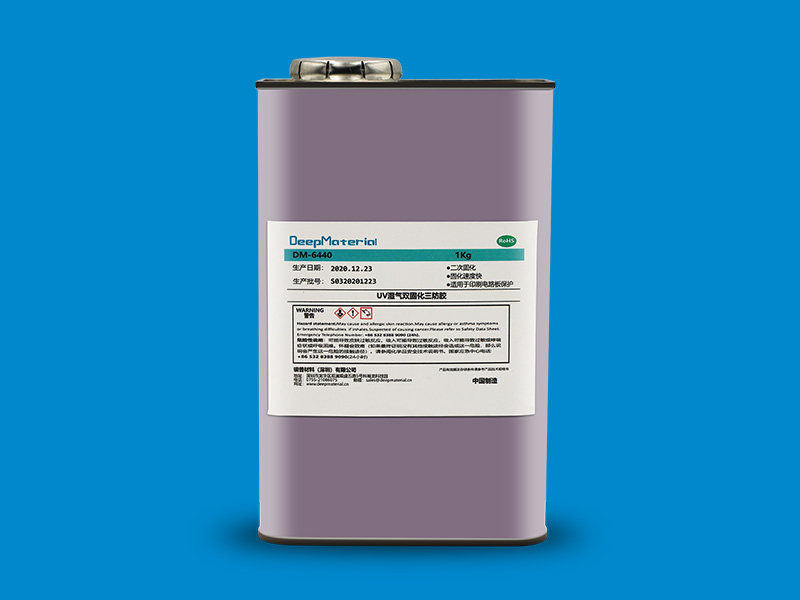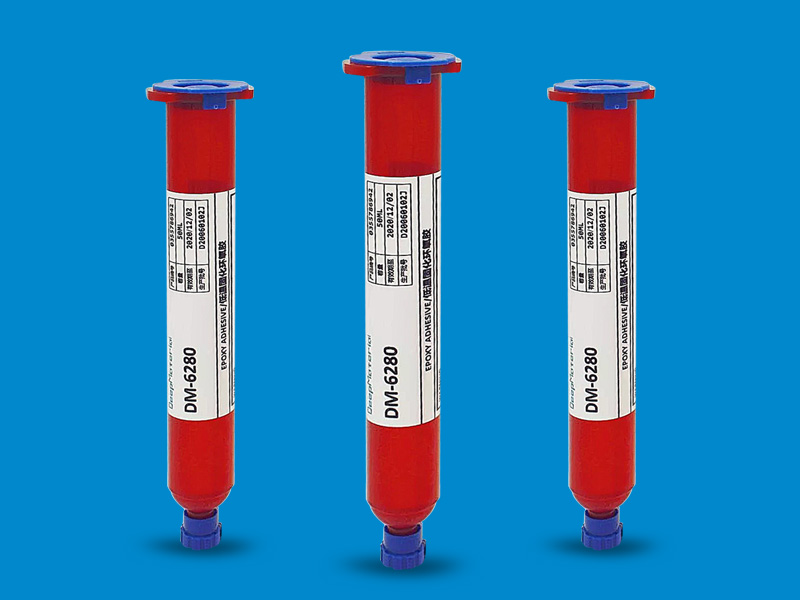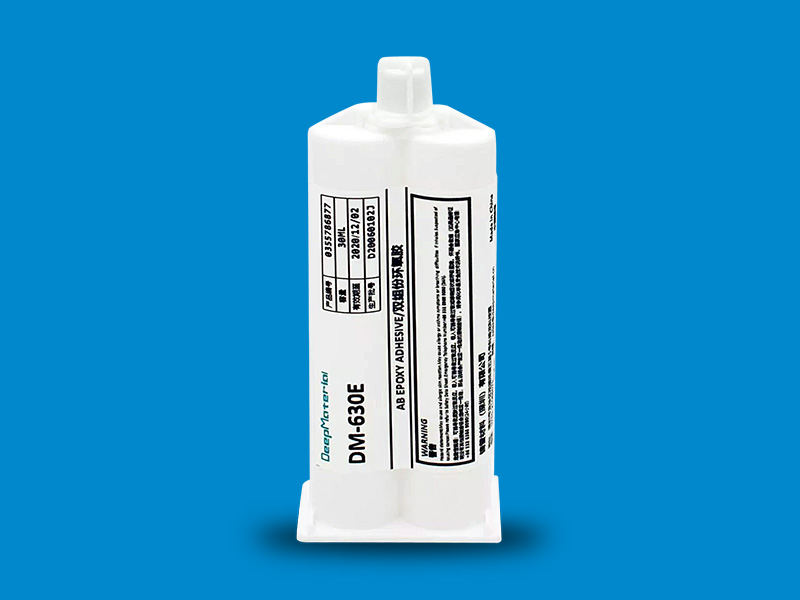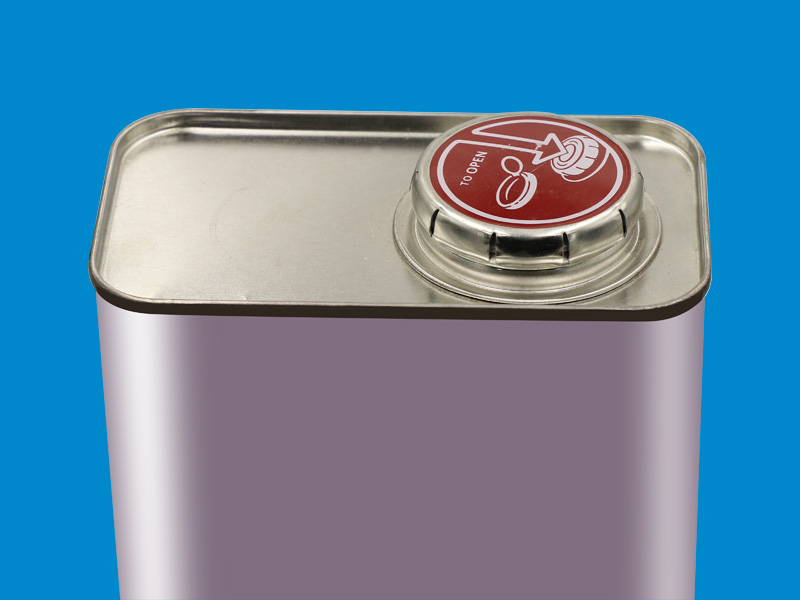Safety Tips For Using UV Hardening Adhesive
Safety Tips For Using UV Hardening Adhesive
UV hardening adhesive is a versatile and widely used adhesive that cures when exposed to ultraviolet (UV) light. It is commonly used in various industries, including electronics, automotive, and medical. This adhesive offers many benefits, such as fast curing times, strong bonds, and the ability to bond a wide range of materials. However, it is important to prioritize safety when working with UV hardening adhesive to minimize the risks associated with exposure to UV light and the adhesive itself.

How Does UV Hardening Adhesive Work?
When exposed to UV light, something very special happens with our UV hardening adhesive – it undergoes photopolymerization. This amazing process causes the glue to chemically react and transform into a solid bond between items such as glass, metal, plastic or ceramics. You can use this exceptionally reliable adhesive for various applications, from bonding electronic components to securely sealing joints and optical fibers.
Importance of Safety When Using UV Hardening Adhesive
UV hardening adhesive is a popular choice for many applications due to its quick curing time and strong bonding properties. However, it is important to be aware of the potential risks associated with its use. One of the main dangers of UV hardening adhesive is the risk of skin burns and eye damage from prolonged exposure to UV light. This can occur if the adhesive is not properly cured or if the user does not wear appropriate protective gear such as gloves and goggles.
Additionally, the adhesive may contain harmful chemicals that can cause skin irritation, respiratory issues, or other long-term health effects. It is crucial to follow safety guidelines and use appropriate protective gear when working with this adhesive to minimize the risk of injury or illness. By taking these precautions, users can safely enjoy the benefits of UV hardening adhesive without putting themselves in harm’s way.
Protective Gear for Working with UV Hardening Adhesive
To ensure safety when using UV hardening adhesive, it is important to wear the recommended personal protective equipment (PPE). This typically includes safety glasses or goggles to protect the eyes from UV light and potential splashes of adhesive. Additionally, gloves should be worn to protect the skin from direct contact with the adhesive. It is important to choose gloves made of materials that are resistant to the adhesive and to replace them regularly to maintain their effectiveness.
Proper Ventilation for UV Hardening Adhesive Workspaces
Proper ventilation is essential when working with UV hardening adhesive to minimize exposure to fumes and ensure a safe working environment. Adequate ventilation helps to remove any potentially harmful fumes or vapors that may be released during the curing process. Ventilation systems, such as local exhaust ventilation or general dilution ventilation, can be used to effectively remove fumes from the workspace. In small workspaces, opening windows or using portable fans can help improve air circulation.
Safe Handling and Storage of UV Hardening Adhesive
Proper handling techniques are crucial to minimize the risks associated with UV hardening adhesive. It is important to read and follow the manufacturer’s instructions for handling and applying the adhesive. This includes using the adhesive in a well-ventilated area, avoiding direct contact with the skin and eyes, and ensuring proper storage of the adhesive when not in use. UV hardening adhesive should be stored in a cool, dry place away from direct sunlight and heat sources. It is also important to check the shelf life of the adhesive and discard any expired or degraded products.
Avoiding Skin and Eye Contact with UV Hardening Adhesive
Preventing skin and eye exposure to UV hardening adhesive is crucial for maintaining safety. When working with this adhesive, it is important to wear gloves that are resistant to the adhesive and safety glasses or goggles to protect the eyes from potential splashes. In case of accidental skin contact, the affected area should be immediately washed with soap and water. If the adhesive comes into contact with the eyes, they should be rinsed with water for at least 15 minutes and medical attention should be sought.
Preventing Inhalation of UV Hardening Adhesive Fumes
Inhalation of fumes from UV hardening adhesive can pose health risks. It is important to work in a well-ventilated area and avoid breathing in the fumes directly. If working in a confined space or an area with poor ventilation, respiratory protection such as a respirator or mask should be used. It is important to choose the appropriate type of respiratory protection based on the specific adhesive being used and to ensure proper fit and maintenance of the equipment.
Emergency Procedures for Accidental Exposure to UV Hardening Adhesive
In the event of accidental exposure to UV hardening adhesive, it is important to have emergency procedures in place. This includes knowing the location of emergency eyewash stations and showers, as well as having access to a first aid kit. If accidental exposure occurs, it is important to follow the appropriate steps for decontamination and seek medical attention if necessary. Having an emergency plan in place and providing training to employees can help ensure a quick and effective response in case of accidents.
Disposal of UV Hardening Adhesive and Related Materials
Proper disposal of UV hardening adhesive and related materials is essential to minimize environmental impact. Unused adhesive should be stored properly and not poured down the drain or disposed of in regular trash. It is important to follow local regulations and guidelines for the disposal of hazardous materials. This may involve contacting a waste management company or recycling facility that specializes in handling hazardous substances.
Best Practices for Safe and Effective Use of UV Hardening Adhesive
To ensure safe and effective use of UV hardening adhesive, it is important to follow best practices. This includes prioritizing safety by wearing appropriate protective gear, working in well-ventilated areas, and following proper handling and storage guidelines. Ongoing training and education on the safe use of UV hardening adhesive can help employees stay informed about potential risks and best practices.
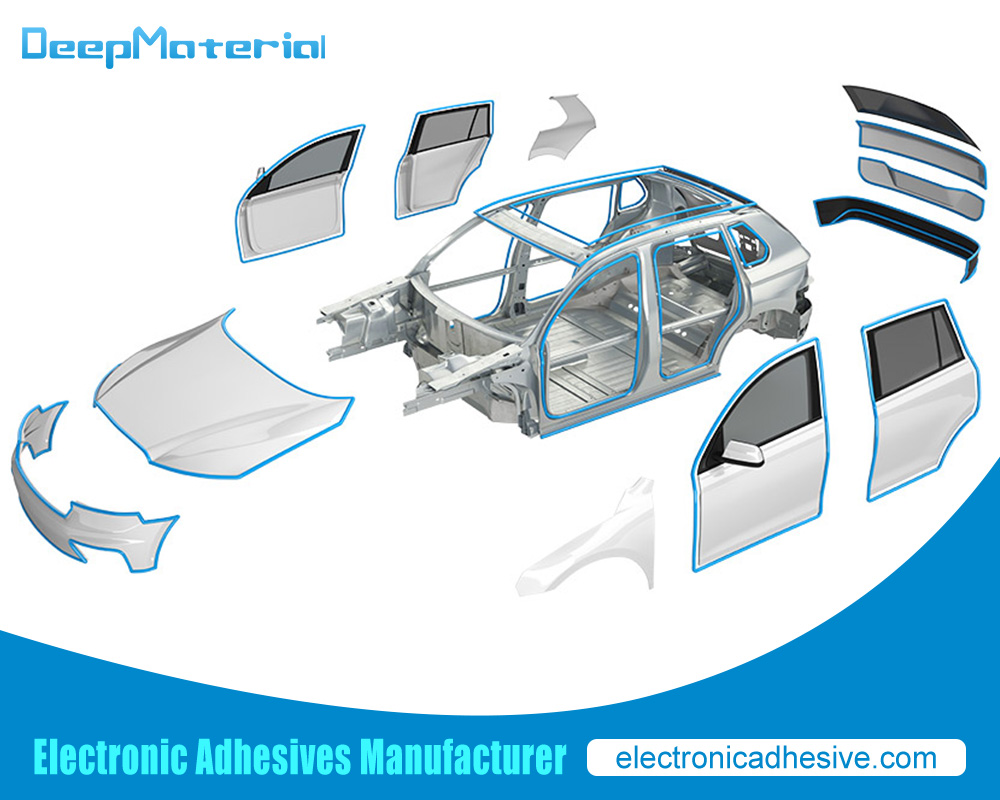
Last Words
UV hardening adhesive is a valuable tool in many industries, but it is important to prioritize safety when working with this adhesive. Understanding how UV hardening adhesive works, following safety guidelines, and using appropriate protective gear are essential for minimizing risks. Proper ventilation, safe handling and storage, and emergency procedures are also important aspects of working safely with UV hardening adhesive. By following these guidelines and best practices, individuals can ensure their safety and the effectiveness of their work with UV hardening adhesive.
For more about choosing the safety tips for Using UV hardening adhesive, you can pay a visit to DeepMaterial at https://www.electronicadhesive.com/about/ for more info.

